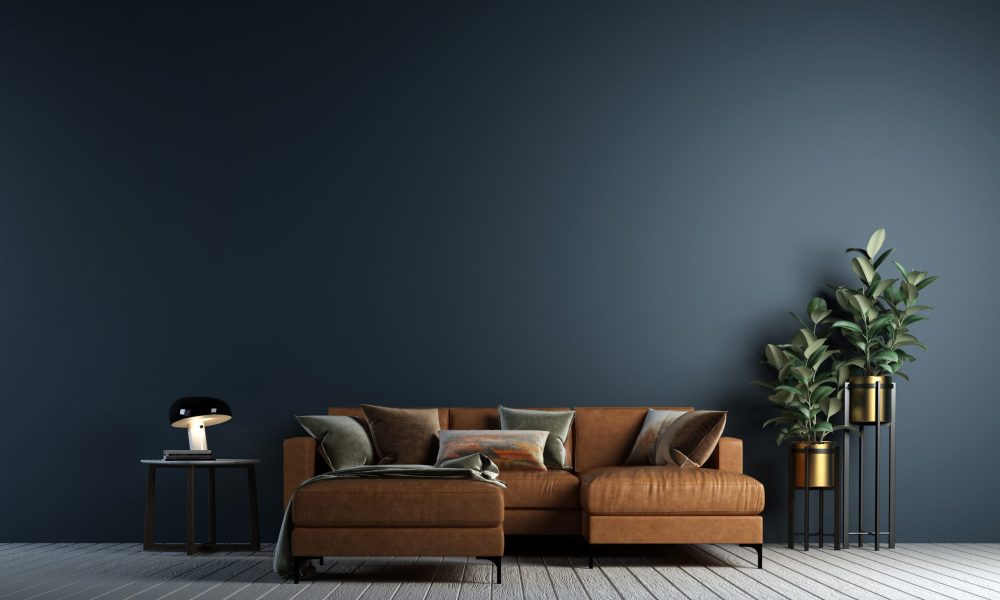Trends in the mattress sector: Bed-in-a-box and innovation in filling materials

The mattress industry is changing and among the main trends impacting this sector, it is worth to mention the increasing importance of online sales and the research in innovative materials.
THE BED-IN-A-BOX TREND: ISSUES AND OPPORTUNITIES
The rapid development of “bed-in-a-box” concept is influencing the mattress business, addressing some issues to traditional manufacturers and brick and mortar retailers, but also offering new opportunities to exporters, who traditionally deal with high transport costs.
The US market was the pioneer of the change, with the first boxed mattress launched in 2012. Since then many start-ups entered the market, offering “one-fits-all” mattresses.
Traditionally bed-in-a-box products were 100% foam mattresses, being foam mattresses easier to compress and package. Many bed-in-a-box manufacturers decided to enlarge their product portfolio by introducing different types of mattresses. Some manufacturers introduced also innerspring models, by developing mattress with micro-pocket springs products (eg. Simba).
With regard to the “one-fits all” mattress trend (a mattress that should be good for all weight classes and body shapes), marketed in the online retail market, there are both traditional manufacturers and online start-ups trying to respond to it.
Across Europe, Eve Sleep diversified its offer by adding a new innerspring mattress (spring and foam) to its traditional memory foam mattresses. Other examples include Simba and Emma. In the US, Casper already launched several alternative mattresses.
RESEARCH IN INNOVATIVE FILLING MATERIALS
Ready to roll. Bed-in-a-box manufacturers have specific needs in terms of how products are packaged and delivered. Leading foam suppliers are paying attention to this segment, investing in new technology, which would satisfy these needs. This is driving the demand for new types of foam that enhance mattresses to be rolled up and boxed easily and then recovering quickly without loss of comfort or support.
Green alternatives. One of the recent trends is finding green alternatives to traditional polyurethane foam in mat tress production . In recent years, companies have been technically successful in replacing small parts of mineral oil with biological oils from plants.
Following the increasing trend towards green solutions, the interest in the use of 100% natural latex continues to grow. Latex suppliers offer value-added products with multiple zoning options, different types of perforations and unusual additives, extra ingredients and new treatments ( e .g. for individuals with severe allergy).
Covering fabrics for mattresses are also becoming very innovative. Natural fabrics, such as wool, bamboo fiber, organic cotton and others, offer a chemical-free alternative to the growing demand for eco-friendly products. Some fabric suppliers are introducing materials to provide benefits to the sleeper. This is the case for copper (“copper-infused yarn”), which reduces inflammation caused by arthritis, relieves pain, increases energy levels.
Source: CSIL “The world mattress industry“, July 2018, XV Edition